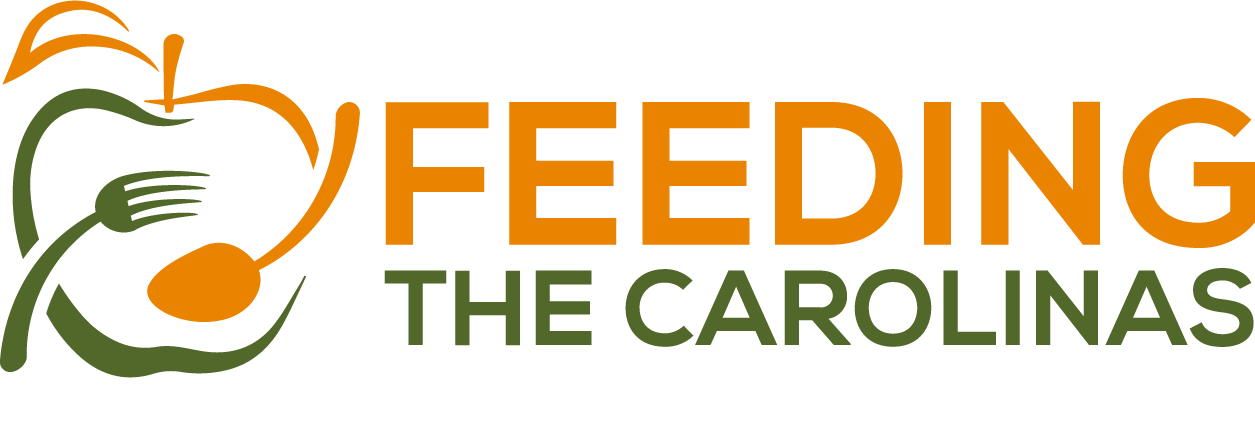The Budget Reconciliation Bill (HR 1) is a hefty document–even by legislative standards–and makes provisions for many programs. Many of the conditions of the bill contain changes that will impact those we serve as we work to eliminate hunger in the Carolinas.
Funding Changes
HR 1 reduces federal funding for the Supplemental Nutrition Assistance Program (SNAP) by $186 billion over the next 10 years by restructuring the program – primarily through cuts to eligibility, benefit levels, and by shifting more of the program’s costs to state governments.
The bill would require states to pay up to 15% of SNAP benefits for the first time in program history, beginning in October 2027. Another key change is that the bill increases the state’s share of administrative costs from 50% to 75%.
So, what does this mean in the Carolinas?
- In North Carolina: State legislators will need to find $292 million to continue operating SNAP as-is – that equates to 210 million meals on NC tables.
- In South Carolina: The state government will have to pay $129 million to maintain SNAP operations, equal to 48 million meals.
Time Limits & Eligibility
Funding for SNAP will diminish how many people will be able to receive the benefit. HR 1 also made SNAP program changes that will impact who is able to access the program. Some of those changes include:
- Parents of children over 14 and older adults aged 55-64 are subject to time limits not formerly part of the program.
- Veterans, currently homeless individuals, and former foster care youth have a new time limit on benefits.
- Federal funding for the SNAP Nutrition Education program–a program that provides nutrition education to help improve diet-related chronic diseases for individuals and families who are eligible for SNAP benefits has been entirely eliminated.
These policy shifts aren’t just lines in legislation—they represent real consequences for families, seniors, veterans, and children in our communities. You can be part of the movement to end hunger in your own backyard: visit feedingthecarolinas.org/action/ to learn more.
In our final blog post in this series, we’ll explore what these changes mean for your neighbors—from disaster recovery to local economies—and how we can all take action to soften the blow.
